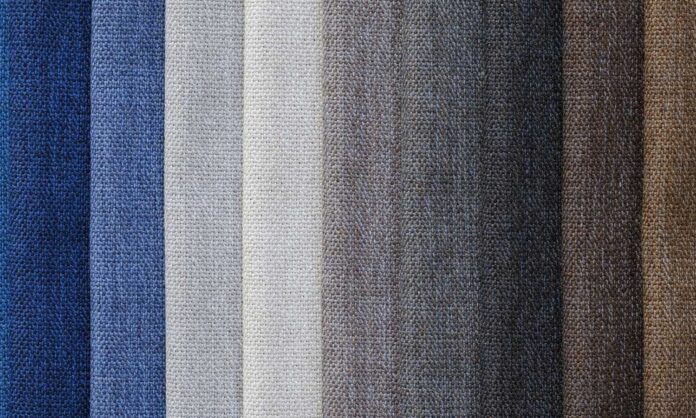In film, a lookbook is something like a vision board for the look and feel of a movie. By creating a lookbook, a screenwriter can transform the visual aspects of a script into a colorful blueprint. An article on Industrial Scripts describes the process and benefits of the process, which may also be useful to prose writers.
The document captures the mood, tone, and aesthetic of a story, usually with images, color palettes, typography, and more. With a lookbook, screenwriters can communicate a cohesive visual language to the production team. The book also helps the writer visualize the story, characters, and setting. It can enhance description and help you develop metaphors and motifs.
Prose writers can experience this same benefit. A lookbook can help you develop a visual language for each character, including color palettes, clothing, and mood. This tool can also help guide the creation of your book cover, as well as any marketing materials, such as a web page, advertising, or giveaways like bookmarks and flyers. A collection of images and colors can also prompt ideas for scenes, settings, and themes, and help you keep characters and places distinct.
Some steps to creating a lookbook include:
- Understanding the theme, tone, and other elements of your script
- Gathering visual references such as photos, art, fashion images, advertising, typography, and color palettes
- Organizing your book by character, scene, setting, or mood, whichever works best for you and your project
- Sharing your book with peers to get their feedback
You can also share a modified version your lookbook with your book pitch, to create a fully realized vision of your book to a potential agent or publisher. This works better for filmmaking, but there’s no reason you can’t adapt this concept to prose writing.












